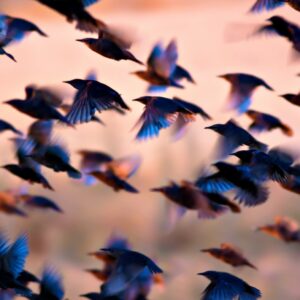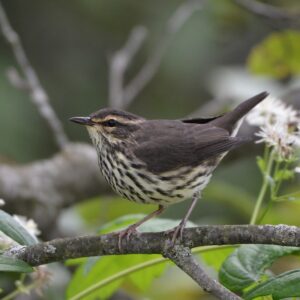Making Flyway Conservation a Reality
To be effective, bird conservation for migratory species should address issues throughout a species’ flyway that impact the species survival. In Canada, this should be an imperative to conserving our birds, as about 90% migrate south each year, only to return the following spring.
One initiative to put this flyway concept to the conservation test links the Great Salt Lake in Utah, the most important inland stopover for many species of shorebird, waterbird and waterfowl in continental North America, and an area of global significance for many breeding bird species, with Chaplin Lake in Saskatchewan, and the Marismas nacionales along the Pacific coast of Mexico. These areas share many of the same species, including American Avocet, Wilson’s Phalarope, American White Pelican and Franklin’s Gull among other species.
The Canadian anchor in this north-south chain, is centred on Chaplin Lake Important Bird Area, but includes a series of alkaline lakes in southern Saskatchewan, including Old Wives, Reed, and Quill Lakes. All sites are recognized as Important Bird Areas and Western Hemisphere Shorebird Reserve Network (WHSRN) sites.
Last week, I attended meetings in Salt Lake City Utah, on behalf of Nature Canada and the Canadian partners in the Linking Communities Initiative at Chaplin Lake and Nature Saskatchewan. National Audubon and ProNatura, the BirdLife International Partners from the USA and Mexico respectively, as well as staff from BirdLife and from Rio Tinto – Kennecot, the mining company that supports some elements of this project, were also there.
Our focus was looking ahead to where this partnership might go. One of the most inspiring moments happened during a conversation with Wayne Martinson, Important Bird Area Coordinator for National Audubon for the State of Utah. He mentioned how the whole idea of linking communities came to be and who is the visionary behind it. I was so inspired by his story that I asked him to repeat it on video. Here it is:



